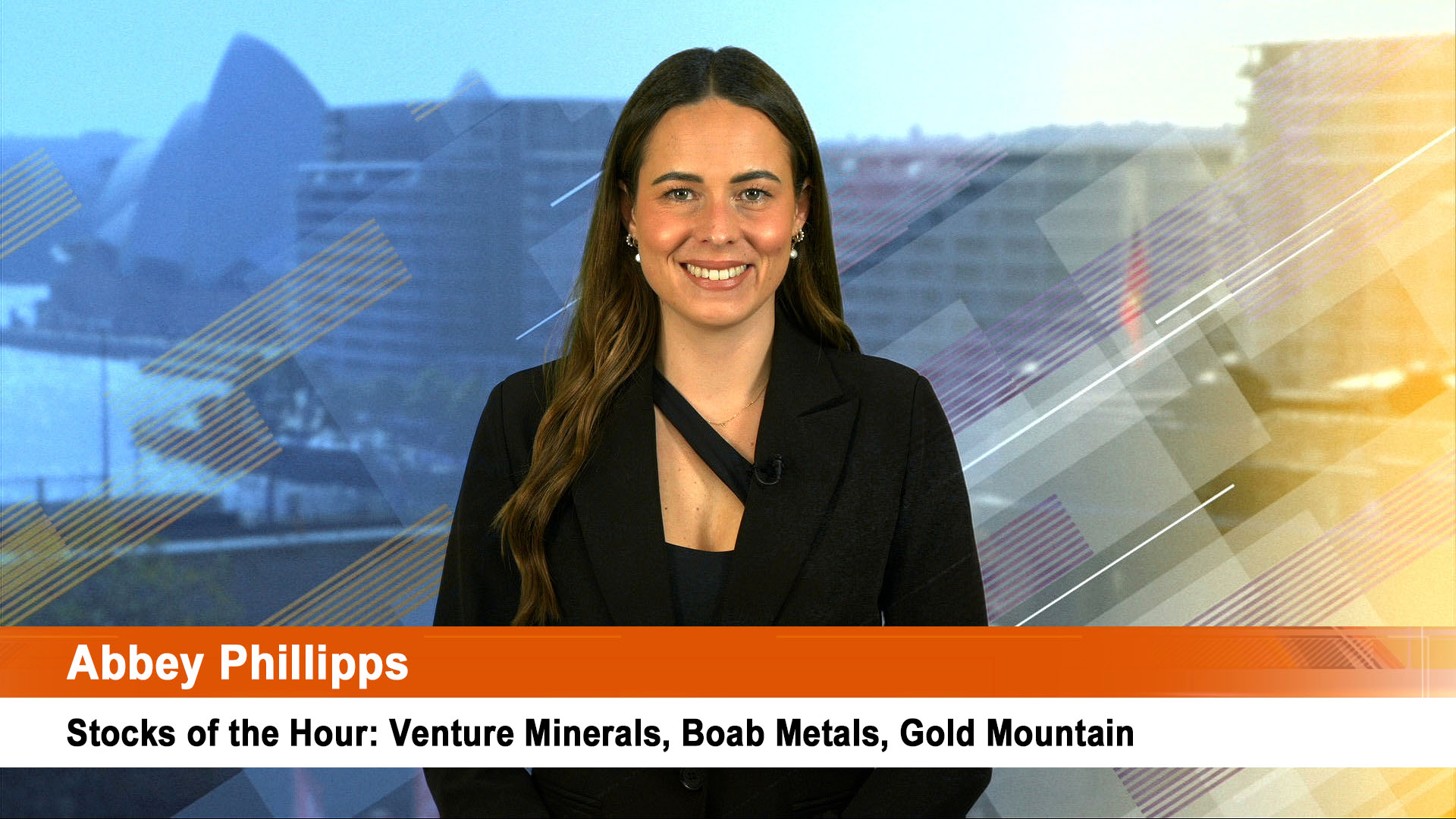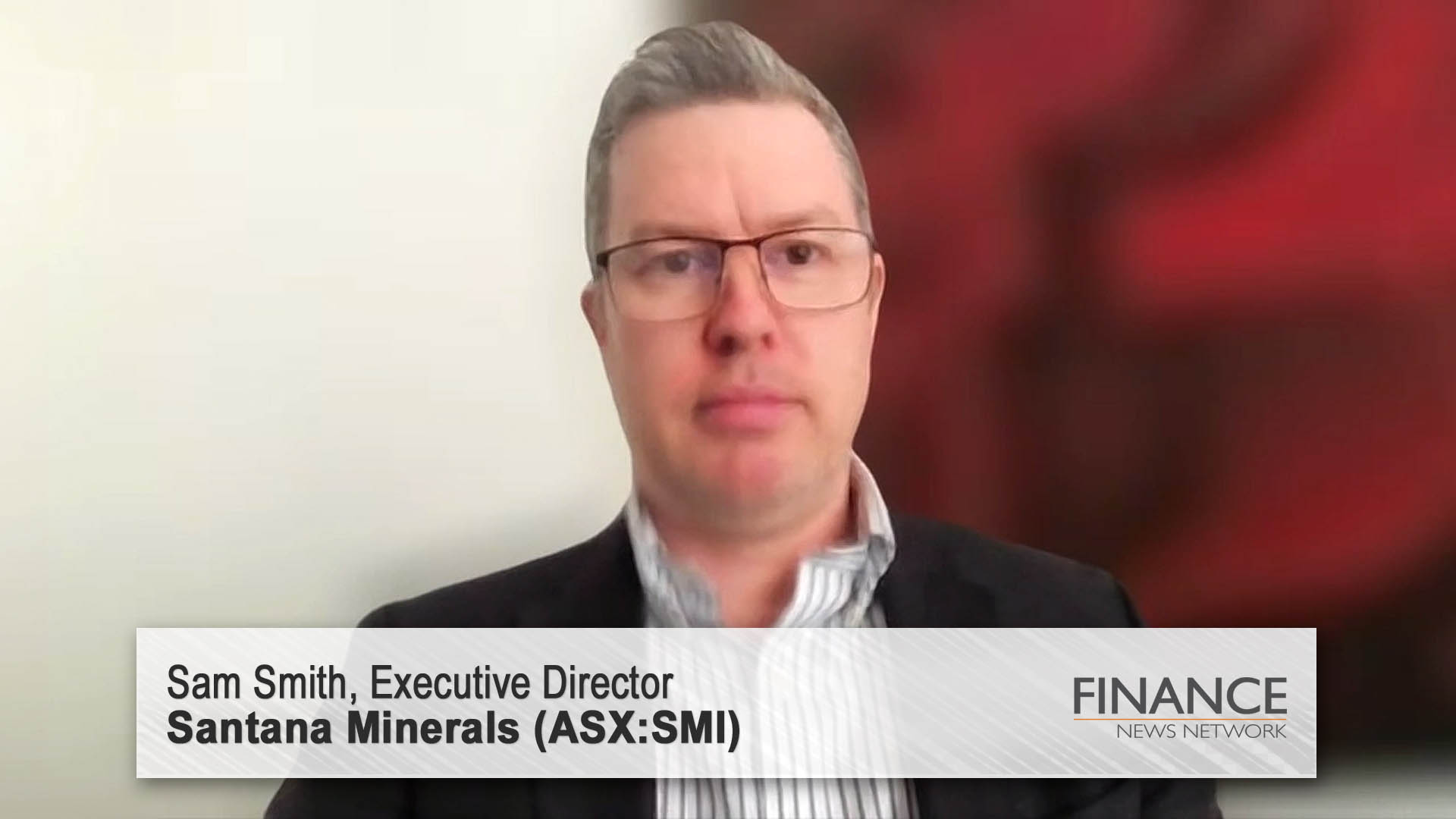The strong jobs boom in late 2017 continues to slow as Australia’s unemployment rate rose to a 9-month high last month, despite an increase in the number of full-time roles.
The April Labour Force figures from the Australian Bureau of Statistics showed that the unemployment rate rose to seasonally-adjusted 5.6% in April from 5.5% in the previous month.
That was the first rise in four months and is the highest the rate has been since July and June of last year. It is also 0.2% above the most recent low of 5.4% (seasonally adjusted) hit in September through November last year.
Economists in a Reuters forecast had predicted a 5.5% rate and the rise in April ended four months of jobless rates at that level.
And yet more than 22,0000 jobs were created seasonally adjusted in April, which is higher than the figures for the first three months of the year (March saw a sharp fall in full time job numbers).
The number of full-time jobs rose 32,700 against a revised fall of 25,100 in March (previously 19,900) while the number of part-time jobs fell by 10,000 from a revised 24,400 in the previous month (previously 24,800).
The upshot for monetary policy is nothing. But with the Reserve Bank forecasting a fall in the jobless rate to 5.25% by mid 2019 (and the Federal budget as well), the rise in the jobless rate was not a good look.
If the jobless rate continues around this level or edges a little higher, we can say goodbye to the budget forecast of wage rises of 3.25% by mid next year. Certainly the chances of reaching the 2.25% forecast for the 2017-18 June 30 financial year went out the window with the weaker Wage rise data on Wednesday, and the labour market figures yesterday.
“The unemployment rate has continued to be relatively constrained over the past year, and is still hovering around 5.5 to 5.7 per cent”, ABS Chief Economist, Bruce Hockman commented in yesterday’s release.
That’s not to say there weren’t positives in the ABS report. The participation rate rose slightly (on a trend basis) to a record high of 65.7%. The trend data shows 22,000 jobs were created, and the trend jobless late was 5.5%. (It tends to lag the seasonally adjusted data at times).
Over the past year, trend employment increased by 355,000 or 2.9%, which is still above the average year-on-year growth over the past 20 years of 2%, but under the 3.3% peak late last year.
The trend hours worked increased by 4.7 million hours or 0.3% in April 2018 and by 3.3% the past year which was more good news.
Over the past year, the states and territories with the strongest annual growth in trend employment were New South Wales (3.8%), Queensland (3.5%) and the Australian Capital Territory (2.7%). Trend jobless rates in those states or territories were 4.9% in NSW, 6.3% in Queensland and 4% in the ACT.













